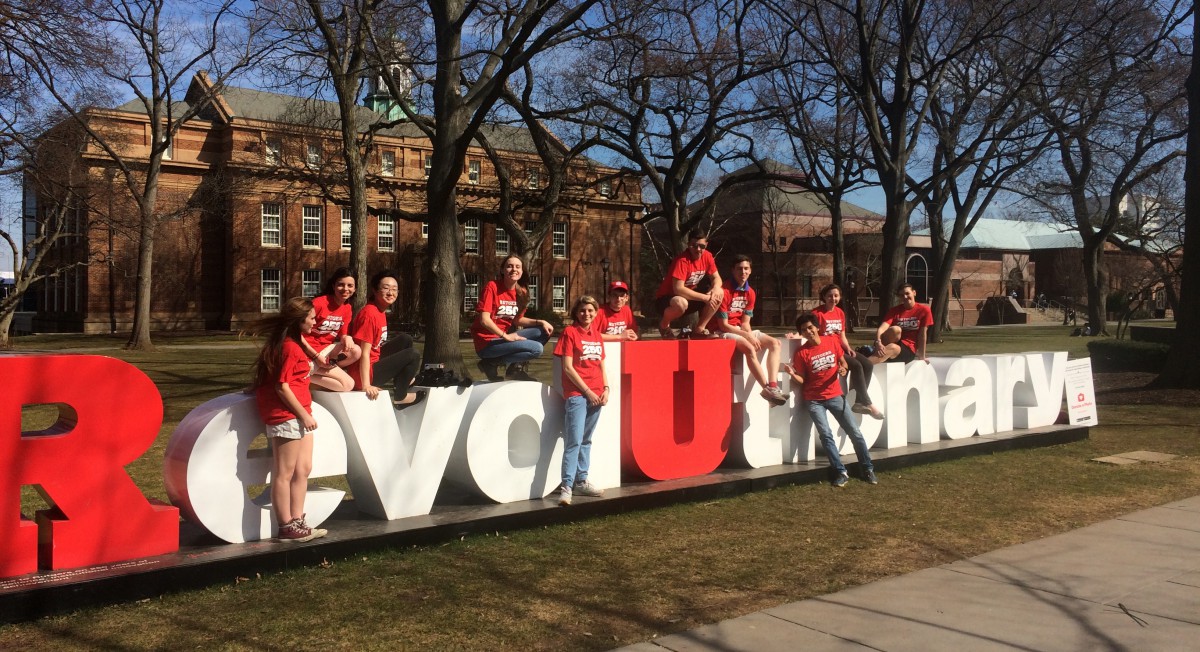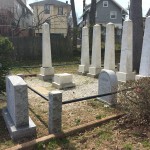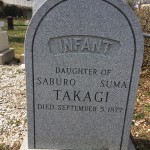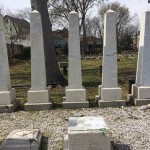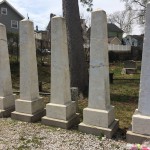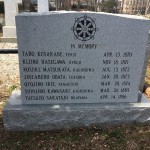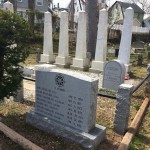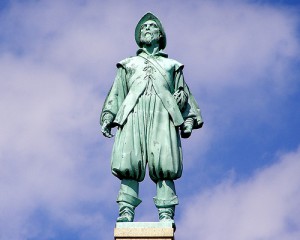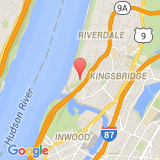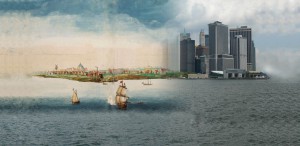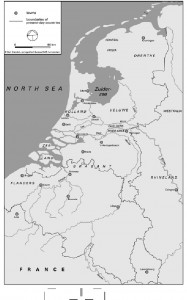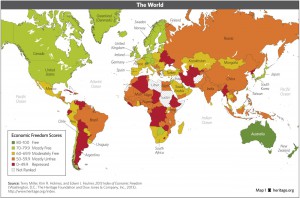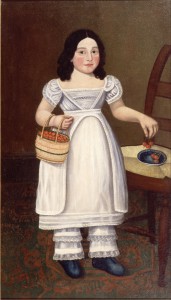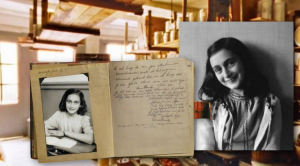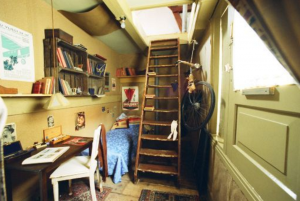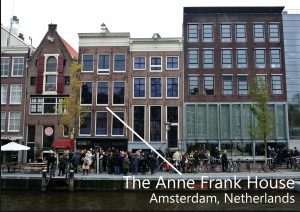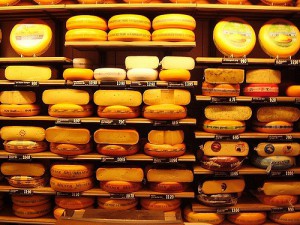First Reformed Church
Authors: Ariel Gulchin, Ifrah Tariq, Rahma Tayyab, Pooja Shah
Artifact Image: First Reformed Church, New Brunswick, NJ

First organized in 1717, the First Reformed Church is a stone building very characteristic of the square architecture of those times. Potentially 400 people could be seated at the church pews. According to the church website, a rather long pew on the south side of the church was once used by city officials. In the middle of the aisle, there would be a rope which, when pulled, would ring the pell and call church-goers to the service. There are also two pillars which would support the roof from the center of the structure.
The First Reformed Church is located on 9 Bayard Street in New Brunswick, New Jersey. When Dutch settlers first arrived here, they began to flock to the rich soil by the Raritan and Millstone Rivers and formed farming communities. These deeply Protestant communities began to hold services in their home until the community grew too large to continue in this way; thus the First Reformed Church was established in 1717, and named the “Reformed Dutch Church” of New Brunswick. It was not only built by the Dutch community in New Brunswick, but was also under the ordination of the Reformed Church in America – a Protestant Christian institution that was founded in New York City by Dutch Settlers. This shows the communications between these Dutch settlers towards order, right from the very beginning of their settling here. They seemed to expect to stay for a very long time.The meticulous nature of the Dutch also transferred to their churches, which were particularly known to keep detailed records of their church ceremonies. William Nelson, a presbyterian minister, spoke of dutch churches in the following manner:
“The early Dutch churches as a rule were scrupulously careful to keep and preserve in the church archives registers of baptisms and marriages. The churches of other denominations not only were not so particular, but when records were made they were often regarded as the private property of the pastors, and were carried away by them on their removal to other charges.”
Unfortunately, the Church was caught in the crossfires during the Revolutionary War and was severely damaged as the Dutch settlers that still lived there attempted to hide parts of the church such as the church bell and hid it on the hill by “Old Queens”. After being reformed, to this day the church still acts as a church to many people, providing religious refuge for those who need it.
The Church also has ties to Rutgers University, with three former Queens College Presidents buried at the Church including: Jacob Rutsen Hardenbergh, first President of Queens College; Ira Condict, third President of Queens College; and Theodore Frelinghuysen, US Senator and seventh President of Queens College.
We picked this church as our artifact because it shows how the passage of time has not disrupted some core sentiments Dutch settlers had when they came to America, just like it hasn’t disrupted this building. It also shows how there are still similarities between us and the Dutch to this day, and this church is just an example of one religion that we have in common and practice in both places. Regardless of the fact that it is a church, it is also reminiscent that the Dutch claimed parts of this land as their own, and their effects can still be seen today in the forms of buildings, people, and culture.
Bibliography:
http://www.kenlew.com/collections/postcards/nb/nb12.html
http://firstreformedchurch.net/history-of-frc/
http://www.infoplease.com/encyclopedia/society/reformed-church-america.html
http://www.newsmax.com/FastFeatures/dutch-reformed-church-christians-beliefs/2015/04/02/id/636090/
http://firstreformedchurch.net/history-of-frc/
https://en.wikipedia.org/wiki/First_Reformed_Church,_New_Brunswick,_New_Jersey
NELSON, W.. (1904). CHURCH RECORDS IN NEW JERSEY. Journal of the Presbyterian Historical Society (1901-1930), 2(4), 173–188. Retrieved from http://www.jstor.org/stable/23322557
http://www.findagrave.com/cgi-bin/fg.cgi?page=gsr&GSiman=1&GScid=1963461&GSfn=&GSln=Hardenbergh
